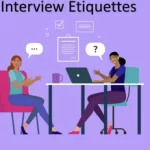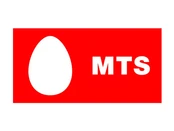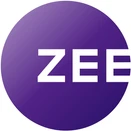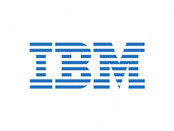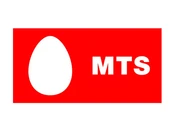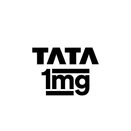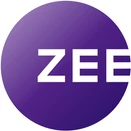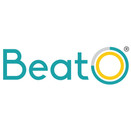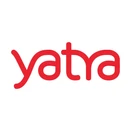
You may be reading this article on mobile or desktop, but brands always wish that their maximum commerce comes through MOBILE APP. Brands are moving towards m-commerce (transactions done on brand’d app through smartphones) simple because they can come closer to customers now. They can engage them better & hence chances are high for repeat purchases.
To make a mobile app is a pure product + tech game, but a big question comes as – How to make customers download our app & transact. How to increase the downloads & come in 1M+ bracket or 5M+ bracket or may be 10M+ bracket on google playstore. Also how to make our app ratings like 4.2 or 4.3 & so on. Let’s divide the discussion into 2 parts
1) Download strategies
2) Rating & Review strategies
App Download Strategies
There are just 6 practical & real ways to increase the app downloads
1) From your own website (by some incentive hook) :- This is the most effective & widely used strategy. Giving an extra discount on app & conveying it properly in the buying journey gives very good results.
A word of caution No.1:- If your app is not upto the mark & quite crappy, the customer who had dropped from the desktop/msite journey to get extra discount on app will get a very bad experience. He might then not even come on the desktop to complete the purchase. To be careful
A word of caution No.2:- When you show the incentive hook on desktop/msite, you are basically inviting customers to break the current journey and start afresh from app. The transition from website/msite to app should be SUPER smooth with no glitch. Else the customer will drop & not convert on any platform. It is advised to use the deferred deeplinking for app in this case. From desktop to app use QR code.
So think, again think and then execute this strategy. See example of Quora


2) From ads (on social like FB, instagram & google ads on playstore):- Another most common and effective way to increase the app downloads. Brands can choose to show some special offer on the social media and track the conversions also. A attribution tool like branch, appsflyer, adjust are highly recommended.
3) Mobile SEO app download extension :- Many a times customer tend to search on mobile. Brands can show their app download extensions on the chrome browser. Not a very effective way to increase downloads. Look at an example of bigbasket.

4) ASO :- Now this is something which can produce wonders. App store optimization is the best technique for new brands/startups etc. For much established brands it loses some of it’s shine, but still effective. ASO ensures that brand listings comes on top and probability of downloads gets increased. ASO has helped brands to increase the organic downloads by even 300%. ASO together with high downloads & good ratings is sure shot success phenomena.

In the above example, while searching of scan app on Google playstore, the highest probability of download will be ‘Scanner app to PDF’ which is an ad & after that ‘Adobe Scan’ which has very high downloads, good rating & comes at No.1 position.
How ASO is done will be dealt in some other article of mine very soon 🙂
5) Affiliates/Networks (incent & non-incent downloads) :- There are numerous networks, agencies, affiliates are there who can do app downloads for brands. These downloads are divided into 2 categories
a) Incent :- These are the junk downloads which just increase the download counter on google playstore. These are very cheap. These downloads will increase the uninstall count also.
b) Non-Incent :- These are the quality downloads which can result in some conversion.
Note 2 :- For Non Incent downloads, brands should set a strict KPI which can be tracked internally e.g. travel OTAs keep a KPI of 3-8% flight booking conversion on overall downloads which can be back tracked by PNR number of the flight.
Note 3:- The business model on which these affiliates work are CPI (cost per install), CPR (cost per registration), CPA (Cost per acquisition also known as CPS i.e. cost per sale)
Note 4:- The KPI given to them are registration, retention period, conversion i.e. bookings etc.
6) Branding (TV, Print or Digital) :- This is quite cost intensive & can be done by big brands and not recommended for young startups. Performance of TV & Print ads are measured by increase in organic downloads & bookings/orders. Digital ads can be tracked by attribution platforms like branch, appsflyer etc.
The business model for digital ads can be CPM (which is more of a branding KPI & not a performance KPI), CPI, CPA etc. But here also brands should be aware of the frauds.
1) In-app pop-ups at right place & right time :- Asking customers to give the ratings at the right moment is highly crucial & gives good results. Never show the popup in between the booking journey or when customer is casually browsing. He will either close or escape.
post purchase, post some rewards allocation etc. The essence is that whenever a customer feel delighted i.e. happy, strike your message at that point only (that goes by a saying that “Hit when the iron is hot”)
2) Taking feedback through SMS & email :- Brands can ask for a general feedback post some purchase or a lead drop. If the customer puts in 4 or 5 stars, brands can ask them to give a rating on playstore.
Rating & reviews can be improved by asking customers feedback & showing in-app popups at the right place and at right time.
3) Buying reviews (not recommended) :- There are lots of agencies/networks in market who can give an install, rating & review from their curated community. Personally I wouldn’t recommend this.
Closing Note
If you have any questions/suggestions plz comment or reach to me.



